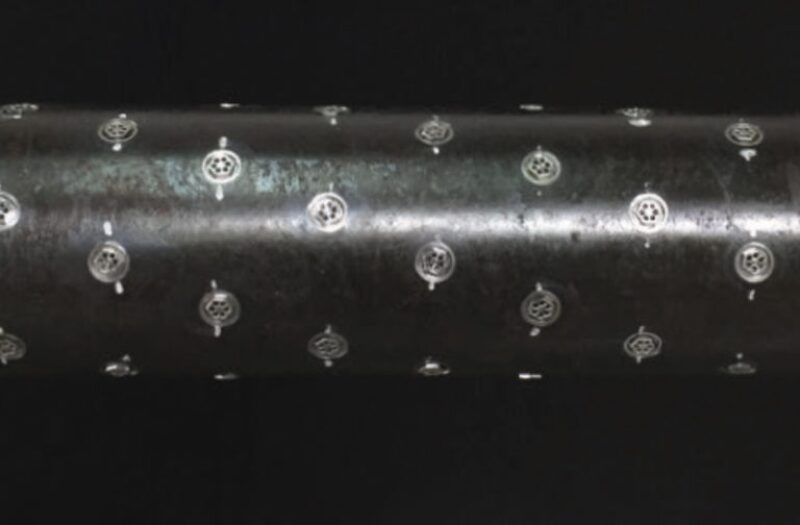In 2014, a research and development (R&D) project was initiated to increase the life expectancy of Gulf of Mexico (GOM) Miocene and Lower Tertiary water-injection (WI) wells, several of which had suffered a severe loss of injectivity within only a few years of completion. The solution was to find a way to prevent fine material from entering the completion while sustaining high injection rates, with no loss of injection pressure or requirement for additional horsepower. A new flow-control device (FCD) and completion system were developed along with intrinsic nonreturn valves (NRVs) that prevent any backflow or crossflow during shut‑ins.
Developing the Flow-Control Technology
Tubing-deployed injection valves and regulators have been available for many years. However, these cannot address the problem of annular flow.


